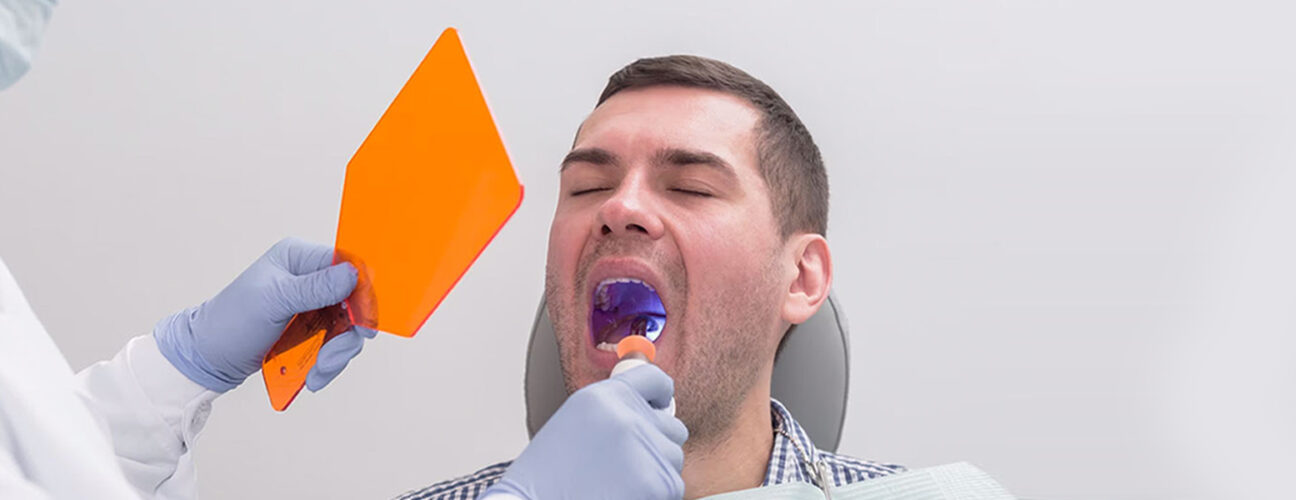When Can You Use Mouthwash After Wisdom Tooth Extraction?
July 1, 2025Wisdom tooth removal offers relief, but recovery comes with strict rules. Mouth care becomes a delicate process, and knowing when to rinse is key. Wondering when it’s safe to use mouthwash without risking damage to your healing gums? You’re not alone. This blog breaks down the safe timeline, smart tips, and clear signs so you can heal smoothly and avoid setbacks.
Why You Shouldn’t Use Mouthwash Immediately After Extraction
It’s tempting to rinse your mouth after surgery. The taste of blood, the swelling, maybe even food particles building up—it makes you want a quick fix. But mouthwash can do more harm than good in the early stages.
Here’s why:
- Risk of dislodging the clot: The healing process begins with the formation of a blood clot in the empty socket. Rinsing too early or too vigorously can dislodge that clot, leading to a dry socket—a painful condition that delays healing.
- Chemical irritation: Most store-bought mouthwashes contain alcohol and other ingredients that can sting or inflame sensitive gum tissue.
- Prolonged bleeding: Swishing mouthwash may trigger bleeding again, especially within the first 24 hours after surgery.
Your mouth needs time to settle. Let nature do its job first.
The Recommended Timeline for Using Mouthwash
When is the right time?
- First 24 hours: Avoid rinsing altogether. Even water can disrupt healing.
- After 24 hours: Begin gentle rinses—but only with warm salt water, not mouthwash.
- Day 3 to Day 5: If healing is going well and your dentist or an Eatontown dentist gives the green light, you may slowly introduce a non-alcoholic, antibacterial mouthwash.
- Day 7 and beyond: For most patients, using a gentle mouthwash is okay by this point. Stick to it once or twice daily.
If you’ve had a more complicated wisdom tooth extraction, wait until your dentist gives you direct approval.
Types of Mouthwash to Use After Extraction
Not all mouthwashes are created equal. When it’s finally safe to use one, make sure you’re picking the right kind:
- Alcohol-free mouthwash: Regular formulas with alcohol can burn and slow down healing. Look for labels that say alcohol-free.
- Chlorhexidine rinse: Sometimes prescribed by dentists, this antibacterial rinse helps prevent infection and supports healing.
- Natural options: Mouthwashes with aloe vera or chamomile offer soothing effects without harsh chemicals.
- Saltwater rinse: Still the safest and most recommended during the first few days.
If you’re not sure what to buy, ask your local dentist for a specific product they trust.
How to Rinse Safely After Wisdom Tooth Removal
Even after the healing period begins, be gentle with your mouth. That means rinsing the right way.
Follow these steps:
- Use lukewarm water: Avoid cold or hot liquids.
- Don’t swish hard: Tilt your head and let the rinse move slowly around the mouth.
- Don’t spit with force: Let the liquid fall from your mouth naturally—over the sink, without pressure.
- Frequency matters: Stick to 2–3 times a day, ideally after meals, and follow the instructions.
This soft approach reduces trauma to the healing area and gives your body a better chance to recover.
Signs That You May Be Using Mouthwash Too Soon
Sometimes, the body gives subtle warnings when something’s off. If you’ve reintroduced mouthwash and notice any of the following signs, stop immediately and contact your dentist:
- Persistent bleeding: More than a few drops after Day 2 is not normal.
- Sharp pain in the jaw or socket: This could be a dry socket from a dislodged clot.
- Burning or stinging: Your rinse might be too harsh.
- Bad taste or odor: This may indicate an infection.
- Swelling that doesn’t reduce: Healing should bring steady improvement.
If you feel uncertain, don’t hesitate to ask. It’s always better to get advice early than risk complications.
When to Consult Your Dentist
You don’t have to navigate post-extraction care alone. If anything feels off—or even if you just have a question—it’s smart to reach out to a dentist in Eatontown you trust if you are from that area.
Here are moments when calling your dentist is a must:
- The bleeding won’t stop
- Pain increases after the third day
- Your mouth tastes metallic or foul
- You develop a fever
- The swelling moves to the neck or face
For peace of mind, a quick visit or call to us can clarify the next steps. Even better, regular check-ins help ensure your recovery stays on track.
If you’re still unsure about timelines or products, schedule a follow-up with a wisdom tooth extraction near you so they can check your healing in person.
Final Thoughts
Healing after a wisdom tooth removal takes care, patience, and the right guidance. Don’t let guesswork delay your recovery. Follow these simple steps and always listen to your body. For trusted advice and support, connect with The Apprehensive Patient today. We’re here to make your healing journey smooth, safe, and stress-free—every step of the way.
